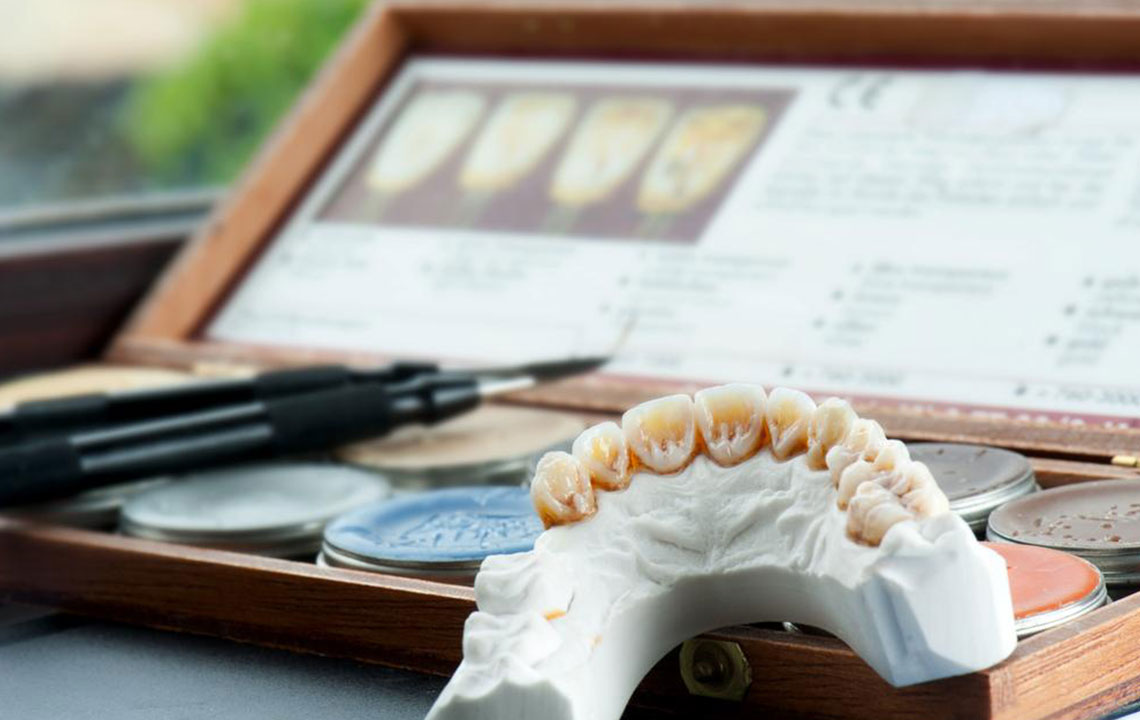Complete Guide to Dental Implant Costs, Procedures, and Factors Influencing Price
This comprehensive guide explores dental implant procedures, costs, and factors affecting pricing. It covers each step from surgical placement to final crown, including additional expenses like imaging and grafting. The article offers practical tips for reducing costs and choosing the right provider, making it an essential resource for anyone considering dental implants. Understand your options, costs, and what to expect for a healthy, beautiful smile with this detailed overview.

In-Depth Overview of Dental Implants: Procedures, Expenses, and Considerations
Dental implants represent a revolutionary and highly effective solution for individuals suffering from missing teeth, whether due to decay, injury, or other dental issues. They serve as a durable, functional, and aesthetically pleasing alternative to traditional dentures or bridges. Designed to simulate natural teeth closely, dental implants restore not only the appearance but also the functionality of your bite, speech, and overall oral health. As a cost-effective long-term investment, dental implants often prove more economical than other replacement options, especially when considering their lifespan and the benefits they offer.
Understanding the Implant Procedure and Associated Costs
While many people focus primarily on the expense of the artificial crown, the procedure itself plays a significant role in the overall cost. Multiple steps are involved in the implantation process, each crucial for ensuring longevity and success. These include preparation, surgical placement, healing, and final prosthetic attachment.
1. Surgical Placement of the Post
The first essential step involves surgically creating an opening in the gum tissue and drilling into the jawbone to position the titanium post, which acts as the tooth root. This procedure typically requires local anesthesia and the expertise of an experienced oral surgeon or periodontist. The surgical placement can cost approximately €500 per implant, accounting for surgical materials, anesthesia, and practitioner fees. Accurate placement is paramount, as it influences the stability and functionality of the final restoration. Investing in skilled professionals and proper technique reduces the risk of complications and enhances the longevity of the implant.
2. Attaching the Abutment
After the post is securely integrated with the jawbone—a process called osseointegration, which takes several months—the dentist proceeds with attaching the abutment. The abutment serves as a connector between the implant and the crown, protruding slightly above the gumline. This minimally invasive step is often included in the initial surgical fee or charged separately, depending on the clinic. The abutment's role is vital as it provides stability and support for the final crown, ensuring that the prosthetic remains securely in place under normal bite forces.
3. Placing the Dental Crown
The final phase involves customizing and securing the dental crown onto the abutment. This crown is fabricated based on detailed impressions of your mouth, ensuring a perfect fit, natural appearance, and proper bite alignment. Crown materials vary from porcelain, zirconium, to metal alloys, with zirconium crowns generally being more expensive but offering superior aesthetics and biocompatibility. Fixed crowns are typically more costly than removable partial options, with the price for the crown itself reaching up to €210 depending on chosen materials and laboratory fees.
Average Cost of Dental Implants
In most regions, the total expense for a single dental implant, including the post, abutment, and crown, ranges between €1,600 and €3,000. This broad range accounts for variability in material choices, clinician expertise, geographic location, and additional procedures that might be necessary, such as bone grafting or extractions. It's important to note that complex cases requiring multiple implants or additional surgical interventions can significantly increase the total cost.
Additional Expenses to Keep in Mind
Though the main implant procedure forms the bulk of the cost, several supplementary expenses may arise during your treatment journey. These are essential for ensuring the success and longevity of your dental implants.
1. Diagnostic Imaging and Preoperative Tests
Prior to implant placement, comprehensive assessment of your oral health is necessary. Dentists often order X-rays or advanced imaging such as CT scans. X-rays help evaluate bone height and detect cavities or infections, usually incurring minimal charges or sometimes included in the initial consultation fee. Conversely, CT scans provide a three-dimensional view of your jawbone structure, nerve positions, and potential complications, aiding precise planning for implant placement. Cost-wise, CT scans are comparable to X-rays but provide much more detailed information, which is crucial for complex cases or when bone support is limited.
2. Bone Grafting and Sinus Lifts
When your jawbone does not have sufficient density or volume to support an implant, grafting procedures are performed to rebuild bone tissue. Bone grafting ensures stable anchorage and enhances the success rate of the implant. The cost for each graft procedure is approximately €145, though it varies based on graft size and material used. Sinus lifts, often necessary for upper jaw implants, are more complex but similarly essential for creating adequate support.
3. Tooth Extraction and Surgical Preparations
In cases where damaged or decayed teeth need removal before implant placement, tooth extraction becomes a prerequisite. This simple procedure typically costs around €40 per tooth. Sometimes, additional surgical procedures like removal of impacted teeth or correction of underlying tissue may be required, adding to the overall expenses. Proper preoperative planning and management are vital for optimal implant outcomes.
Factors Influencing the Cost of Dental Implants
Experience and Reputation of the Dental Professional: Highly skilled or renowned surgeons may charge higher fees; however, their expertise often translates into higher success rates and fewer complications, saving costs in the long run. Insurance plans sometimes cover part of these expenses, particularly if the procedure is deemed necessary.
Type of Implant and Procedure Complexity: A basic implant involving only a post, abutment, and crown for straightforward cases tends to be more affordable. However, complex cases requiring additional surgical steps, multiple implants, or specialist intervention can significantly increase costs.
To minimize expenses, it is advisable to compare quotes from various clinics, understand the detailed breakdown of each quote, and explore financing options or payment plans if available. Proper planning and consultation can help you receive quality care without overspending, ensuring an effective, durable, and natural-looking dental restoration.





